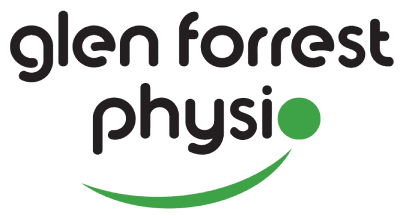Running is fantastic exercise for your cardiovascular fitness, muscle strength and mental health. But despite all the known benefits, running also comes with a high injury rate. We see plenty of running injuries in the clinic, so today we are going to look at how analysing your running technique may get you back into running faster.
There is approximately 100 000kgs of load going through each leg, per mile for the average 80kg runner! So it’s easy to see why there is a high prevalence of running injuries.
But how can running analysis help you get better?
First, we need to look at what a “good” running technique is.
The UK Athletics program promotes a running gait with
- An upright posture
- Relaxed shoulders
- A good foot-strike close to the centre of mass
- Minimal lateral (sideways) movement.
Research also tells us that injured runners are more likely to run with
- A forward trunk lean
- Contralateral (opposite side) pelvic drop
- An over-striding pattern
There is no “one size fits all” running technique that is perfect for everyone, however small adjustments can make the world of difference to sore runners.
In clinic, we utilise smart devices to record your running in slow-motion to see what structures are potentially under extra load due to your running technique. If that technique correlates to your injury, then gait retraining may be appropriate to decrease the load on sensitive structures. By decreasing load on sensitive structures, pain will hopefully decrease.
A common example of this would be a runner coming in with medial tibial stress syndrome or “shin splints”. After recording, we find that the runner is over-striding on the treadmill. From the research, we know that over-striding is associated with increased load of the structures responsible for shin splints. After increasing the runners cadence (steps per minute) and decreasing their stride length, pain reduces immediately on the treadmill. After a period of de-loading, some strength training and gait re-training the runner gets back to full training with a long term fix to their pain.
So if you are struggling with any of your running injuries, feel free to contact us for an assessment on your running technique.
Lincoln Smith
Physiotherapist
Pilates Physiotherapist
Prior to joining our team, Lincoln was working as a mobile physiotherapist doing home visits throughout the Hills area. He believes in an active approach when treating, encouraging people to take ownership of their condition and achieving their individualised goals through simple, yet effective treatment plans.
He is also a fully qualified Pilates instructor having completed his training at our Midland clinic.
Having grown up locally, Lincoln is already an active member of the community and is the head coach of Glen Forrest Tennis Club. You will often see him at the courts after work or on weekends, either coaching or playing matches!
Special Interests :
- Shoulder pain
- Lower back pain
- Sporting injuries
